Filter by
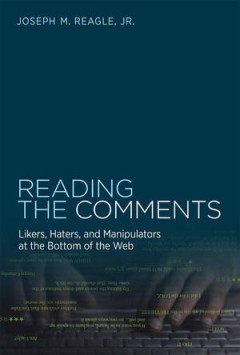
Moral History from Herodotus to Diodorus Siculus
Why did human beings first begin to write history? Lisa Irene Hau argues that a driving force among Greek historians was the desire to use the past to teach lessons about the present and for the future. She uncovers the moral messages of the ancient Greek writers of history and the techniques they used to bring them across. Hau also shows how moral didacticism was an integral part of the writin…
- Edition
- -
- ISBN/ISSN
- 9781474411073
- Collation
- -
- Series Title
- -
- Call Number
- 900
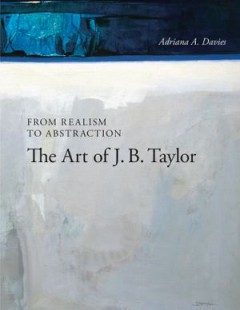
From Realism to Abstraction : The Art of J. B. Taylor
J. B. (Jack) Taylor (1917-1970) was an important figure in the history of Banff and western Canada’s artistic community. Inspired by the locale, Taylor spent his career striving to depict the idea of the mountain, moving over time from traditional representations of nature to an intuitive perception of the essential elements of landscape rock, water, and sky. Always, he sought to capture his …
- Edition
- -
- ISBN/ISSN
- 978-1-55238-764-1
- Collation
- -
- Series Title
- -
- Call Number
- 927 DAV r
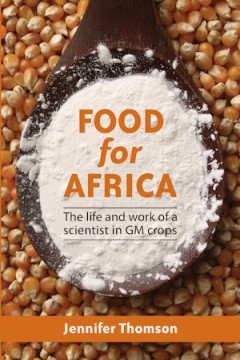
Food for Africa : The life and work of a scientist in GM crops
"Jennifer Thomson, one of the world’s leading scientific advisors on genetic engineering, traces through anecdote and science the development of a hotly contended area of research, from the dawn of genetic engineering in the USA in 1974, through the early stages of its uptake in South Africa to the current situation in which approximately 80% of maize in South Africa is genetically modified f…
- Edition
- -
- ISBN/ISSN
- 978 1 7758 2048 2
- Collation
- -
- Series Title
- -
- Call Number
- 925 THO f
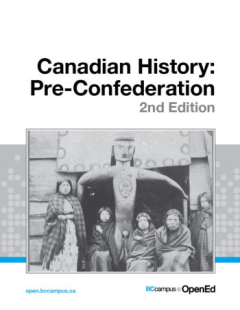
Canadian History: Pre-Confederation
Canadian History: Pre-Confederation is a survey text that introduces undergraduate students to important themes in North American history to 1867. It provides room for Indigenous and European agendas and narratives, explores the connections between the territory that coalesces into the shape of modern Canada and the larger continent and world in which it operates, and engages with emergent issu…
- Edition
- -
- ISBN/ISSN
- 978-1-77420-063-6
- Collation
- -
- Series Title
- -
- Call Number
- 920.009
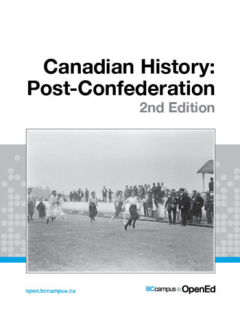
Canadian History: Post-Confederation
This textbook introduces aspects of the history of Canada since Confederation. “Canada” in this context includes Newfoundland and all the other parts that come to be aggregated into the Dominion after 1867. Much of this text follows thematic lines. Each chapter moves chronologically but with alternative narratives in mind.
- Edition
- -
- ISBN/ISSN
- 978-1-77420-065-0
- Collation
- -
- Series Title
- -
- Call Number
- 920.009
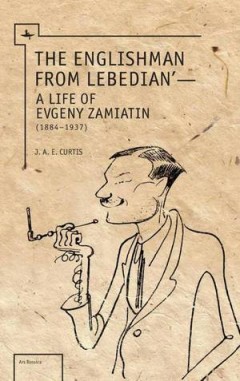
The Englishman from Lebedian' : A Life of Evgeny Zamiatin (1884–1937)
After Evgeny Zamiatin emigrated from the USSR in 1931, he was systematically airbrushed out of Soviet literary history, despite the central role he had played in the cultural life of Russia's northern capital for nearly twenty years. Since the collapse of the Soviet Union, his writings have gradually been rediscovered in Russia, but with his archives scattered between Russia, France, and the US…
- Edition
- -
- ISBN/ISSN
- 978-1-618112-81-1
- Collation
- -
- Series Title
- -
- Call Number
- 927 CUR e
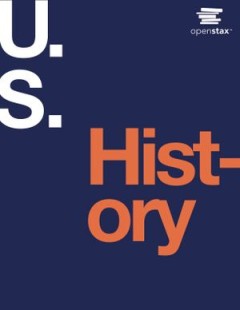
U.S. History
Published by OpenStax College, U.S. History covers the breadth of the chronological history of the United States and also provides the necessary depth to ensure the course is manageable for instructors and students alike. U.S. History is designed to meet the scope and sequence requirements of most courses. The authors introduce key forces and major developments that together form the American e…
- Edition
- -
- ISBN/ISSN
- 9781938168369
- Collation
- -
- Series Title
- -
- Call Number
- 970

Looking Back: Canadian Women's Prairie Memoirs and Intersections of Culture, …
When we think about women settlers on the Prairies, our notions tend to veer between the nostalgic image of the “cheerful helpmate” and the grim deprivation of the “reluctant immigrant.” In this ground-breaking new study, Leigh Matthews shows how a critical approach to the life-writing of individual prairie women can broaden and deepen our understanding of the settlement era. Reopening …
- Edition
- -
- ISBN/ISSN
- 9781552385951
- Collation
- -
- Series Title
- -
- Call Number
- 900
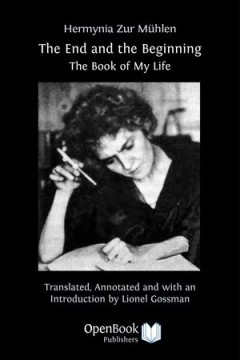
The End and the Beginning : The Book of My Life
First published in Germany in 1929, The End and the Beginning is a lively memoir of a vanished world and of a rebellious young woman’s struggle to achieve independence. Born in 1883 into a distinguished and wealthy aristocratic family of the old Austro-Hungarian Empire, Hermynia Zur Mühlen spent much of her childhood traveling in Europe and North Africa with her diplomat father. After five y…
- Edition
- -
- ISBN/ISSN
- 78-1-906924-29-4
- Collation
- -
- Series Title
- -
- Call Number
- 928 MUH e
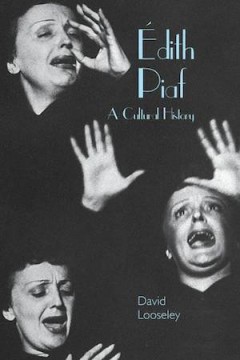
Édith Piaf : A Cultural History
The world-famous French singer Édith Piaf (1915-63) was never just a singer. Dozens of biographies of her, of variable quality, have seldom got beyond the well known and usually contested ‘facts' of her life. This book suggests new ways of understanding her. A ‘cultural history' of Piaf means exploring her cultural, social and political significance as a national and internation…
- Edition
- -
- ISBN/ISSN
- 78-1-78138-425-1
- Collation
- -
- Series Title
- -
- Call Number
- 927 LOO e
 Computer Science, Information & General Works
Computer Science, Information & General Works  Philosophy & Psychology
Philosophy & Psychology  Religion
Religion  Social Sciences
Social Sciences  Language
Language  Pure Science
Pure Science  Applied Sciences
Applied Sciences  Art & Recreation
Art & Recreation  Literature
Literature  History & Geography
History & Geography